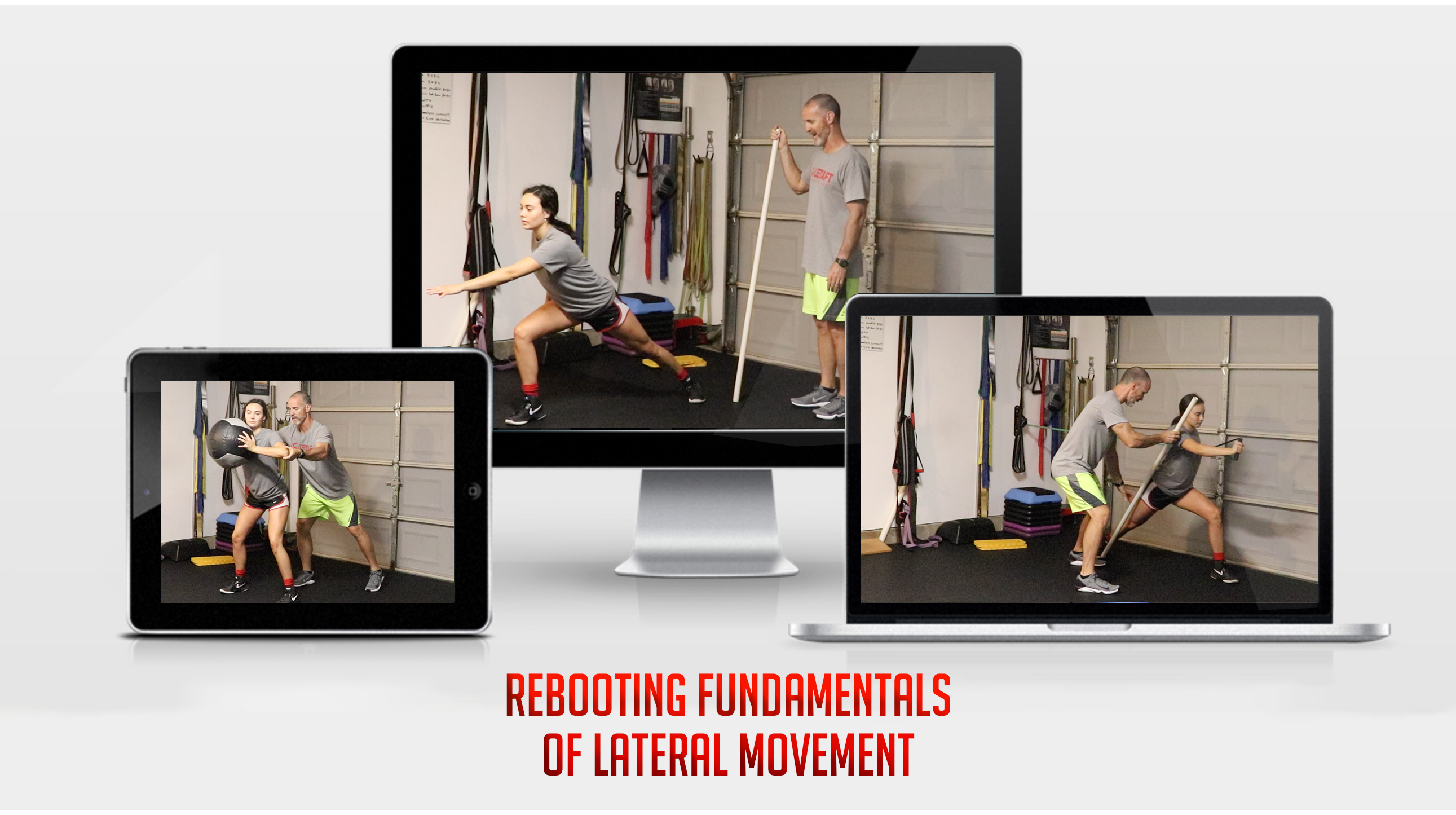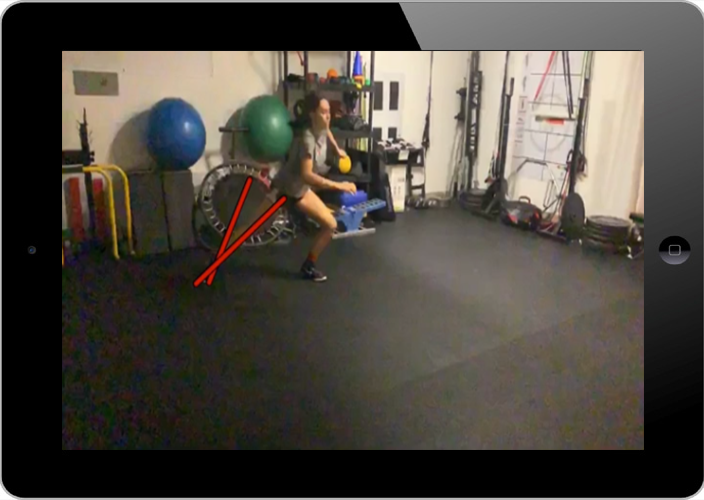The Mini-Course that Raises the Bar on Understanding the Science and the Art of…
Rebooting Fundamentals of Lateral Movement
As a former player, coach, and current trainer of basketball and court and field sports, there is nothing more exciting than building a huge foundation of lateral movement fundamentals to allow athletes to reach their peak movement abilities and stay healthy!
I have studied multi-directional speed, particularly lateral speed and quickness techniques. Nothing is more frustrating than seeing athletes being taught how to move in a way that completely violates human movement.
Basketball players are taught improper movement simply because coaches teach what they learned from their old coach. And in some cases, coaches are teaching poor information from knowledgeable trainers that are not following principles of human movement and definitely not paying homage to competitive reactive speed as it exists on the court.
Listen Up!

Right here and right now, you are going to get an education as to why and how athletes must have these fundamentals ingrained if they want to greatly reduce injury potential, be able to tap into the variations, and perform at a masterful level with their court movement.
All coaches, regardless of the sport or discipline, establish models they can measure against. When a player performs a lateral shuffle to defend and turn a ball handler, their shuffle should fit into a correct movement model. If it doesn’t, the coach can address it. The problem exists with poorly designed models of movement.
Coaches also have concepts they follow to build their belief system of what is right. This mini-course exposes many concepts that have defined my movement systems for decades. I have taken my concepts and created acronyms to allow others to quickly understand what I am teaching.
Take a Look at Some of the Concepts:
- P.O.P. or “Push-Open-Push” is the critical sequencing to allow effective acceleration in all directions.
- 2:1 ratio during reactive shuffle training is the reactive equivalent of the 1:1 native strategy.
- “W” concept is a visual concept that puts movement needs and efficiency into perspective.
- Heel Pull to Toe Push is a very important biomechanical efficiency of the lateral gait cycle.
- Full foot C.O.D. is a method of using physical laws, with biomechanics, to elicit effective movement.
When you understand the concepts of the detailed breakdown and demonstrations, you will have one of those “AH-HA” moments and a clear understanding of why your athletes must have these fundamental patterns.
Variability MUST Stem From a Solid
Foundation of Fundamentals
I can’t emphasize enough that being able to hit the models of the postures and positions I teach allows for variability to be used when specifically needed. For example, not all sports use a shuffle or lateral run exactly the same, but having the foundational model movement in place gives greater access.
Understand This…
When a basketball player must quickly change direction and push off to turn and run, this becomes a breeding ground for hip dysfunction in those not trained to move properly in this pattern. Often, the end result is a pulled groin or adductor muscles, leading to missed playing time while the injury heals. We can’t avoid all injuries, however, dotting your I’s and crossing your T’s allows us to create an atmosphere for extremely well functioning through variation of all speed and quickness patterns.
Who Will this Mini-Course Benefit?
This might be considered a dumb question, but it needs to be clearly stated. ALL coaches, strength coaches, trainers, therapists, and athletes will benefit from the detailed breakdown of this mini-course.
There isn’t a field, court, or ice-sport athlete that would not greatly improve by using the concepts to their advantage.
I Must Say…
Every basketball player, coach, strength and conditioning coach, and skills coach would be crazy not to have this knowledge locked down. It will greatly enhance performance through repetitive motor learning and the ability to react using various Tier System Strategies (Reactive Tier System for Speed).
I’m Not Kidding!
On a weekly basis, the conversations I have with those involved in basketball are extensive. Using these concepts and building them into your current programming system is vitally important. Coaches can adjust these concepts to individual athletes and the team setting.
How Do Athletes’ Benefit?
When athletes capture the essence of what these concepts and training methods are improving, they will be 100% sold and expect to be trained using them.
Here is a list of the athletes that will benefit:
- Professional Players (NBA, WNBA, International, G-League)
- Collegiate Players (Div. I, II. III, NAIA, Junior College, Prep)
- High School (High Recruited Players and Beginners)
- Junior High (Players in desperate need of proper fundamental movements.)
- Off, In, and Pre-Season Players (Rebooting Patterns, Refining Patterns, Improving Patterns)
- Back-to-Play Players (Returning/Injury is a serious time. Confidence and correctness are needed.)
Having worked with countless professional, collegiate, and private organizations, I quickly see the problems. I have a model that leads my assessment of programs and therefore decides what needs to be implemented.
Course Description…In a Nutshell
Rebooting Fundamentals of Lateral Speed consists of 3 modules broken into a whiteboard theory talk, followed by a detailed warm-up to help and aid the concepts of P.O.P., and a final in-depth talk about the imperative lateral movements that are a must for foundational fundamentals.
Get ALL this Today for ONLY 89 Bucks!
Plus, Receive a Bonus Video Breakdown of the Lateral Run and Shuffle.
Sign-Up Now and Receive a BONUS…
Video Breakdown of Lateral Run and Shuffle

Included:
#1 – Lateral Run Breakdown Front View
#2 – Lateral Run Breakdown Front View
#3 – Lateral Shuffle Front View
#4 – Lateral Shuffle Side View
Overall, athletes are not moving optimally, getting injured at alarming rates, getting stuck in specificity, and not building off fundamental patterning.
Here is your chance to change this NOW!
